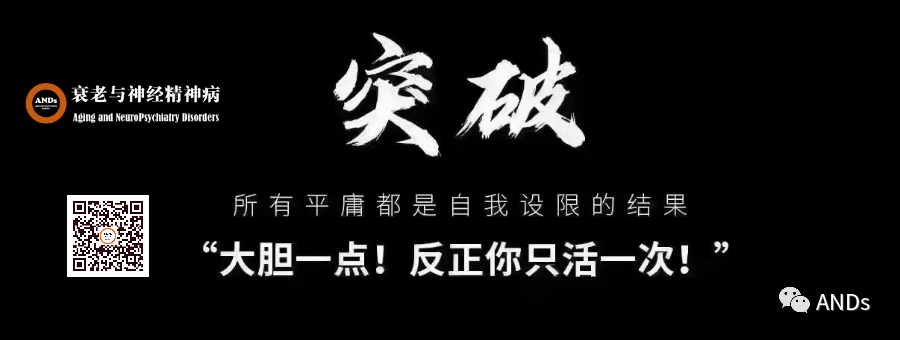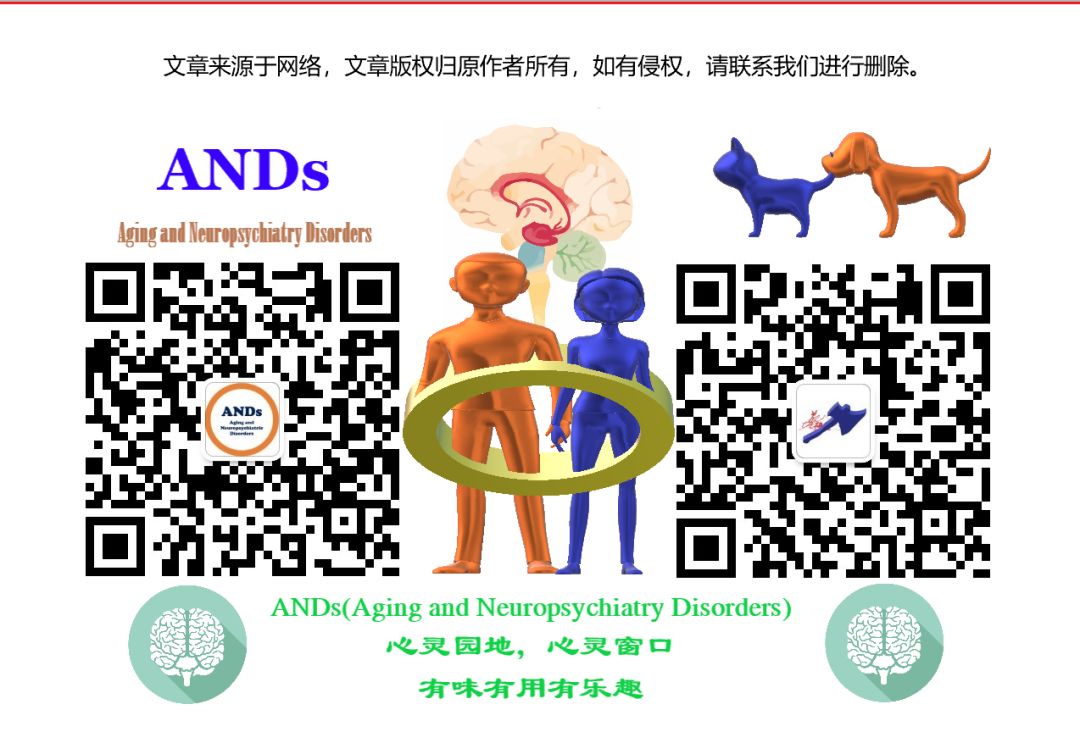
 How to Efficiently Collect Medical History?
How to Efficiently Collect Medical History?
Collecting medical history is an essential clinical skill for neurologists and a crucial step in disease diagnosis. A true, accurate, and comprehensive medical history is not only an important basis for diagnosing neurological diseases but also provides significant clues for the subsequent physical examination and selection of relevant auxiliary examinations.
Main Contents of Present Illness History:
1. Onset situation, including onset time, symptoms, urgency, triggers, and clues to the etiology;
2. Main symptoms and characteristics;
3. Development and evolution of the condition;
4. Accompanying symptoms, including significant negative symptoms for differentiation;
5. Diagnosis and treatment process and efficacy.
Through medical history inquiry, a clear impression of the entire disease course should be formed: whether the onset is acute or gradual, if gradual, the time span is how long, several days, months, or years? What are the main symptoms? What is the order of evolution? Are they persistent or intermittent? What factors aggravate or alleviate the symptoms?
A successful medical history collection should be able to make a preliminary hypothesis about the location and nature of the disease: Is it a neurological disease? Is it central damage, peripheral damage, or both? What could be the nature of the disease (inflammatory, vascular, toxic metabolic, space-occupying, degenerative diseases, etc.)?
The following summarizes the characteristics of inquiring about common neurological symptoms in the present illness history:
1
Headache
1. Location of headache, whether it is localized, unilateral, or generalized.
2. Onset form of headache, whether it occurs suddenly or gradually worsens.
3. Is it persistent or intermittent? If intermittent, what is the duration and frequency of attacks?
4. Nature of headache, whether it is a throbbing pain, pressure pain, electric shock-like pain, or tight band-like pain.
5. Severity of headache, whether it affects the ability to work, and its impact on life.
6. Has it worsened or alleviated? If worsened, is it the degree or frequency that has increased?
7. Are there any triggers, aggravating, or alleviating factors for the headache?
8. State before onset, whether during sleep or physical activity.
9. Are there any prodromal symptoms such as flashes, visual hallucinations, etc.?
10. Is the headache accompanied by other symptoms such as fever, nausea, vomiting, seizures, photophobia, or limb weakness?
11. Pay attention to some internal medicine and ophthalmology issues. For example, frontal pain with purulent nasal discharge (sinusitis), eye pain, vision loss (glaucoma), unilateral vision loss, fatigue, muscle pain, temporal region pain (temporal arteritis).
2
Pain
The inquiry content is similar to that of headache, focusing on the location, nature, onset situation, accompanying symptoms, aggravating and alleviating factors, and treatment status. Spinal cord or spinal nerve root lesions often present with radicular pain or band-like sensations. Inquire about the local skin condition and whether there has been any herpes recently.
3
Seizures
1. Location of seizures, whether localized, unilateral, or generalized.
2. Form of seizures, whether the limbs are extended, flexed, or clonic.
3. Frequency of attacks.
4. Duration of a single attack.
5. Age at first attack.
6. Are there any pathogenic factors or triggers?
7. Are there any aggravating or alleviating factors?
8. Are there any accompanying symptoms before the attack, such as visual flashes, olfactory hallucinations, gustatory hallucinations, “stomach qi rising,” etc.? During the attack, is there any head and neck turning, loss of consciousness, eye fixation, cyanosis, foaming at the mouth, respiratory arrest, urinary or fecal incontinence, tongue biting, postictal drowsiness, and limb paralysis? During frequent attacks, does consciousness recover between two attacks?
4
Syncope
1. Environment during syncope, whether in a quiet or noisy environment.
2. State and triggers before onset, whether it occurs during an argument or in a quiet state, whether there are any triggers such as straining, strong emotional stimuli, pain stimuli, hyperventilation, coughing, urination, etc.
3. Manifestations of the attack, duration of loss of consciousness, whether there are any limb seizures, tongue biting, whether there is confusion after the attack, and how to differentiate from epileptic seizures.
4. History of similar attacks, such as frequency of attacks.
5. Relationship between attacks and posture, especially whether there is sudden standing.
6. Accompanying symptoms, whether there are any prodromal symptoms such as dizziness, blurred vision, palpitations, chest tightness, pallor, cold sweat, etc., and whether there are any symptoms such as chest pain, difficulty breathing, lower limb edema, and recent immobilization.
7. Some easily overlooked issues, such as recent adjustments to antihypertensive medications, especially diuretics (orthostatic hypotension); recent history of diarrhea (orthostatic hypotension); note that the vast majority of causes of syncope are internal medicine causes: vasovagal, orthostatic hypotension, arrhythmias, aortic stenosis, hereditary cardiomyopathy; a few are neurological diseases such as transient ischemic attacks.
5
Visual Disturbances
1. Onset urgency.
2. Whether it is unilateral or bilateral visual disturbances.
3. Whether the symptoms progress, whether there are any remissions or recurrences.
6
Motor Dysfunction
1. Distinguish between paralysis (muscle weakness) and motor coordination disorders or involuntary movements.
2. Onset urgency.
3. Progression of symptoms.
4. Aggravating and alleviating factors.
5. Duration, whether intermittent or persistent; if intermittent, inquire about the history of previous attacks and the duration of each attack.
6. Affected areas; if it is paralysis, whether it affects certain muscle groups, one limb, unilateral limbs, all limbs, or both lower limbs, and whether it is more distal or proximal.
7. Severity of paralysis.
8. Accompanying symptoms, whether there are muscle twitching, muscle atrophy, numbness, pain, etc.
7
Sensory Dysfunction
1. First, distinguish the nature of sensory dysfunction, whether it is a reduction or loss of sensation, or abnormal sensations or hypersensitivity.
2. Onset urgency.
3. Progression of symptoms.
4. Aggravating and alleviating factors.
5. Duration, whether intermittent or persistent; if intermittent, inquire about the duration of each previous attack.
6. Affected areas, especially the starting point, direction of spread, and range of sensory dysfunction.
8
Dizziness
1. Onset urgency.
2. Progression of symptoms.
3. Aggravating and alleviating factors.
4. Duration, whether intermittent or persistent; if intermittent, inquire about the duration of each previous attack.
5. Relationship of symptoms to head position and changes in posture.
6. Whether there is a sensation of rotation or swaying.
7. Accompanying symptoms such as nausea, vomiting, sweating, pallor, and other autonomic nervous system stimulation symptoms, whether there is tinnitus, ear pain, and hearing loss, as well as symptoms of brainstem damage such as numbness and weakness.
9
Cognitive Decline
1. Onset urgency.
2. Initial symptoms and progression of symptoms.
3. Aggravating and alleviating factors.
4. Duration, whether intermittent, fluctuating, or persistent.
5. Impact on the patient’s daily life.
6. Accompanying symptoms such as dizziness, headache, visual disturbances, language dysfunction, fatigue, tremors, bradykinesia, gait abnormalities, urinary and fecal incontinence, repeated falls, and abnormal mental behavior.
7. Some common diagnostic considerations. Acute onset cognitive dysfunction: vascular dementia, infections, drug-induced, Wernicke’s encephalopathy, and alcohol withdrawal, etc. Chronic progressive cognitive dysfunction: neurodegenerative diseases (Alzheimer’s disease, frontotemporal dementia) and cerebral small vessel disease without a history of clinical stroke, etc.
10
Altered Consciousness
1. Onset urgency.
2. Progression of symptoms.
3. Aggravating and alleviating factors.
4. Severity, whether drowsy, lethargic, or comatose.
5. Prodromal symptoms, whether accompanied by headache, vomiting, paralysis, seizures, fever, etc., and whether there is a history of trauma or epilepsy.
6. Whether there has been exposure to drugs, pesticides, rodenticides, carbon monoxide, and other toxins.
7. Whether there is a history of internal diseases that could cause coma (infections, endocrine diseases, metabolic disorders, severe lesions of important organs such as heart, lung, liver, and kidney, etc.).
11
Urinary Dysfunction
1. Distinguish between urinary retention and incontinence.
2. Onset urgency.
3. Progression of symptoms.
4. Is there any urge to urinate?
5. Aggravating and alleviating factors.
6. Understand recent medication history (especially anticholinergic drugs, opioid analgesics).
7. Accompanying symptoms, whether there is lower limb pain, numbness, weakness; diabetes-related symptoms; whether there were any urinary tract irritation symptoms before onset, etc.
12
Speech Disorders
1. Distinguish between speech disorders and aphasia.
2. Onset urgency.
3. Progression of symptoms.
4. Aggravating and alleviating factors.
5. Whether the symptoms are persistent or intermittent; if intermittent, the duration and frequency of each attack.
6. Accompanying symptoms such as dizziness, headache, visual disturbances, diplopia, swallowing difficulties, choking while drinking, limb weakness, sensory abnormalities, and motor coordination abnormalities.
As a responsible clinical physician, detailed inquiry of medical history is key to diagnosing diseases. Neurological diseases often present with various main symptoms, and the forms of onset, duration, and accompanying symptoms are all relevant historical content that aids in making rapid judgments and providing more proficient clinical service.
This article was first published on: Medical Community Neurology Channel


